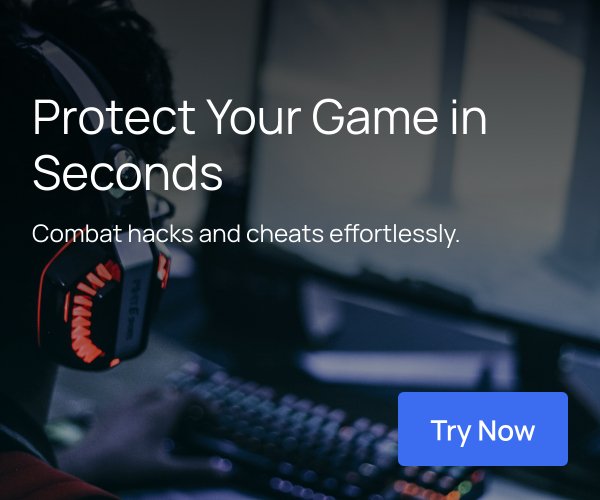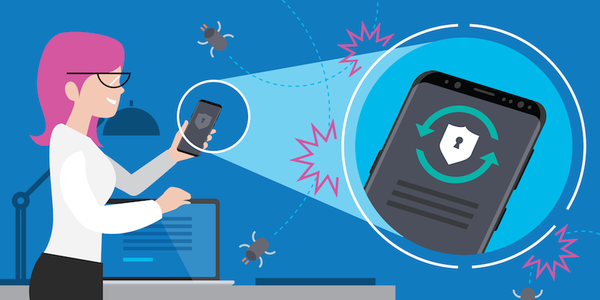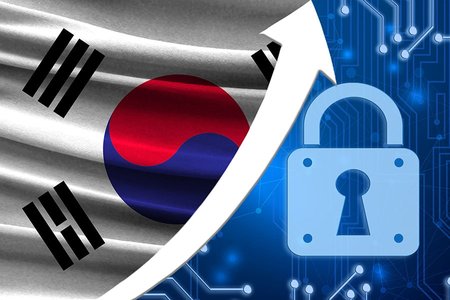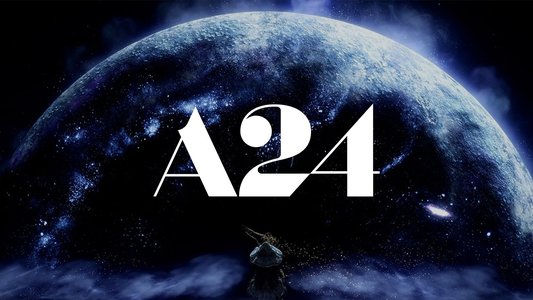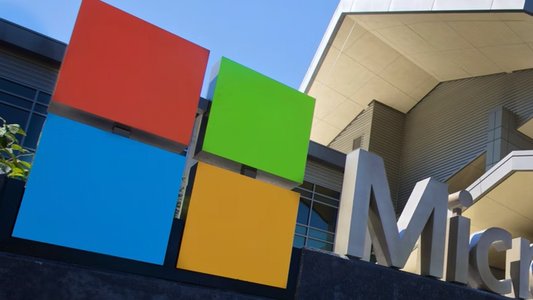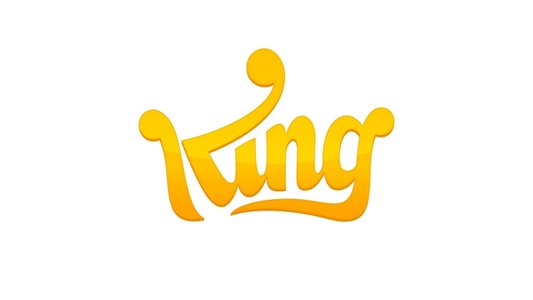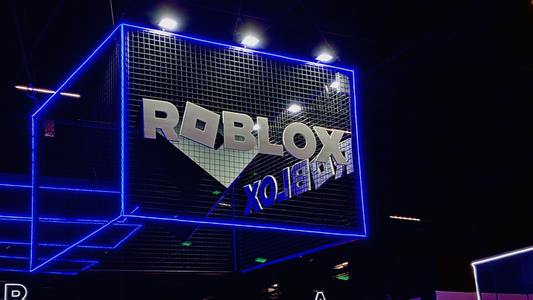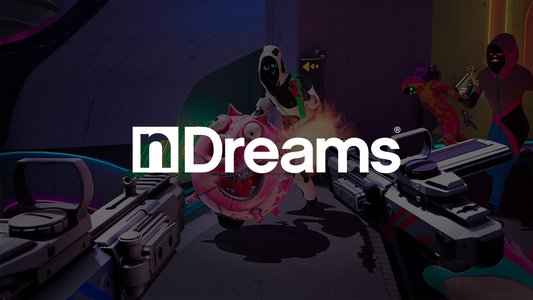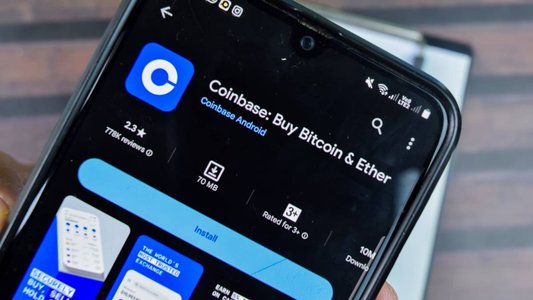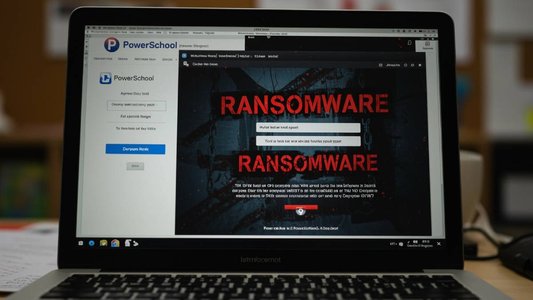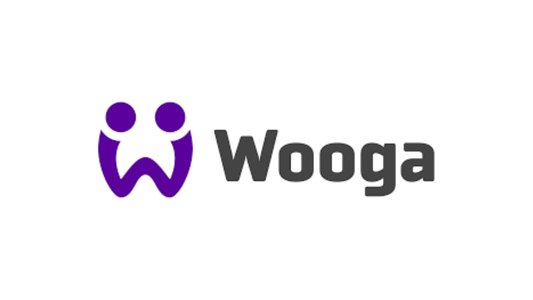In the dynamic realm of digital gaming, protecting game assets is paramount. As games become more sophisticated and valuable, they also become prime targets for unauthorized access, modification, and distribution. Game asset protection software emerges as a critical solution, ensuring the integrity, fairness, and profitability of games. This article delves into the intricacies of game asset protection, highlighting the features, benefits, and implementation strategies of leading solutions, with a focus on maintaining a neutral and technically informative approach.
Understanding Game Asset Protection
What is Game Asset Protection?
Game asset protection involves a combination of encryption, obfuscation, and access control mechanisms used to secure digital content in video games. These assets may include textures, models, scripts, audio files, configuration data, and compiled binaries. The goal is to prevent unauthorized extraction, modification, duplication, or misuse of these resources, which can result in financial losses, compromised game integrity, and a negative user experience.
Why is Asset Protection Crucial?
As the gaming industry continues to grow, so do the incentives for attackers to exploit valuable content. Without proper protection, developers risk:
▪ Exposure of proprietary algorithms and game logic.▪ Creation and distribution of pirated or modified game versions.
▪ Increased cheating due to manipulation of local assets.
▪ Intellectual property theft by competitors or unauthorized users.
▪ Loss of user trust due to compromised gameplay balance.
Effective protection measures not only secure revenue streams but also help maintain a competitive edge and uphold the brand's reputation.
Core Technologies in Asset Protection
Encryption Methods
Encryption is the most fundamental technique for securing digital assets. By converting readable content into an encoded format, unauthorized users are prevented from accessing the original data without a decryption key. Popular encryption methods in game development include:
▪ AES (Advanced Encryption Standard): Widely used for its balance of security and performance.▪ RSA: Utilized for secure key exchanges.
▪ Custom XOR and stream ciphers: Lightweight options for specific use-cases like runtime assets.
In practice, many engines like Unity and Unreal support encrypted bundles or packages for resource management.
Obfuscation and Code Protection
Beyond asset files, scripts and compiled code also require protection. Obfuscation is the process of making code difficult to read and reverse-engineer by renaming variables, altering structures, and inserting misleading logic. Code protection tools often include:
▪ Script packers: Convert source code into unreadable bytecode.▪ VM-based execution: Adds a virtual layer that interprets protected scripts.
▪ Anti-debugging techniques: Detect and prevent analysis through debuggers.
Runtime Protection and Integrity Checks
Asset protection doesn't end after packaging. Runtime protection mechanisms detect and prevent tampering while the game is running:
▪ File hash validation: Ensures files haven’t been altered since installation.▪ Memory integrity checks: Scans for unauthorized modifications in memory.
▪ Runtime encryption: Loads and decrypts assets only when needed, reducing the window of vulnerability.
Integration Across Game Engines
Unity Game Engine
Unity developers often utilize AssetBundles for resource management. Protection approaches for Unity may include:
▪ Encrypting AssetBundles with symmetric keys.▪ Splitting sensitive components across multiple bundles to obscure asset structure.
▪ Using script encryption plugins for Lua or Python integrations.
Unity’s IL2CPP scripting backend can also be fortified using obfuscation and binary encryption tools to harden DLL files and native binaries.
Unreal Engine
Unreal offers strong native support for packing and encrypting Pak files. Developers typically enhance this by:
▪ Adding custom encryption layers over the default protection.▪ Embedding validation logic in C++ to verify asset authenticity.
▪ Using virtual file systems to abstract asset access paths.
For cross-platform builds, encryption keys and decryption logic need to be carefully managed and concealed using platform-specific security features.
Performance Considerations
Security measures must balance protection and performance. Poorly optimized encryption or obfuscation can degrade load times and resource usage. Best practices include:
▪ Encrypting only sensitive or critical assets.▪ Using multithreading for decryption operations.
▪ Compressing and encrypting assets simultaneously to reduce I/O costs.
Developers must profile performance impacts regularly, especially on memory-constrained platforms like mobile devices.

Scalability and Automation
Automated Protection Workflows
For larger game projects or studios with frequent updates, automated workflows are essential. These might include:
▪ Integration of encryption scripts into build pipelines.▪ Conditional encryption rules based on platform or asset type.
▪ Use of CI/CD tools for consistent application of protection policies.
Version Control and Update Security
When deploying updates, asset protection strategies must ensure that new resources are encrypted and validated consistently. Differential updates should also maintain encryption states to prevent leaks during patching.
Compliance and Legal Considerations
Developers must ensure that their protection mechanisms comply with global data and software security regulations. Key considerations include:
▪ Informing users about asset verification processes in EULAs or terms of service.▪ Avoiding invasive protection methods that violate user privacy.
▪ Adhering to export laws for cryptographic software in certain jurisdictions.
Future Trends in Asset Protection
AI-Powered Threat Detection
Machine learning models are being developed to detect unusual gameplay or asset access patterns, which could indicate reverse engineering or tampering. These systems can:
▪ Trigger alerts when abnormal decryption events occur.▪ Adaptively increase security measures during suspicious activity.
▪ Learn from known attack vectors to predict future threats.
Blockchain for Asset Integrity
Some developers are exploring blockchain technologies to validate asset ownership and integrity. Potential uses include:
▪ Registering asset fingerprints on distributed ledgers.▪ Verifying authenticity of mods or user-generated content.
▪ Enabling secure asset trading in online games.
Frequently Asked Questions (FAQs)
What types of assets need protection?
Assets that are critical to gameplay mechanics, visual or audio content, or intellectual property—such as character models, shaders, scripts, and configuration files—should be prioritized for protection.
Can protection be added after development?
Yes, but integrating protection early during development is recommended to reduce refactoring and ensure complete coverage of assets and scripts.
Are open-source protection tools reliable?
Some open-source tools offer basic encryption and obfuscation, but they may lack advanced features and support found in commercial solutions. They can serve as good starting points for prototyping.
Is asset protection enough to stop cheating?
Asset protection is one layer of defense. It should be combined with runtime anti-cheat systems, secure server validation, and behavioral analysis for comprehensive cheat prevention.
Conclusion
Game asset protection is a vital component of modern game development. By securing valuable resources against unauthorized access and tampering, developers protect both their intellectual property and the player's experience. From encryption and obfuscation to runtime integrity checks and cross-platform security strategies, the techniques available today provide powerful tools to counteract growing threats. As gaming continues to evolve, so too will the need for adaptive, efficient, and intelligent asset protection solutions that can keep pace with both innovation and adversaries.
For developers looking for a comprehensive and seamless game protection solution, JikGuard Game Protection offers cutting-edge encryption and anti-cheat technology to ensure your game remains secure without compromising performance.Why Choose JikGuard Game Protection?
√ On-Demand Security Assessment:
Not sure if your game needs encryption? JikGuard provides free security testing and reports, helping you identify potential risks through penetration testing and in-depth analysis.√ Minimal Performance Impact:
JikGuard’s encryption system only decrypts resources when needed, ensuring that files remain encrypted in the cache and have virtually no effect on loading speed or game smoothness.√ Seamless Multi-Channel Packaging:
Supports mother package encryption, meaning all sub-packages remain protected without requiring additional processing for different distribution channels.√ No SDK Required:
Unlike traditional solutions, JikGuard does not require SDK integration—simply run a command, and the encryption process is handled automatically.√ Ultra-Low Performance Overhead:
▪ CPU usage increase: <0.2%▪ Memory consumption: <1MB
▪ Startup time increase: <25ms
▪ Package size increase: <1.3MB
Ensuring a smooth and seamless gaming experience.
With JikGuard Game Protection, you can focus on game development while ensuring top-tier security against cheats, resource leaks, and competitive analysis. Protect your game today and keep your vision intact!


